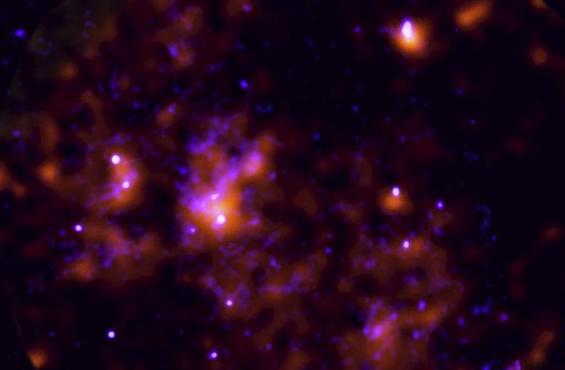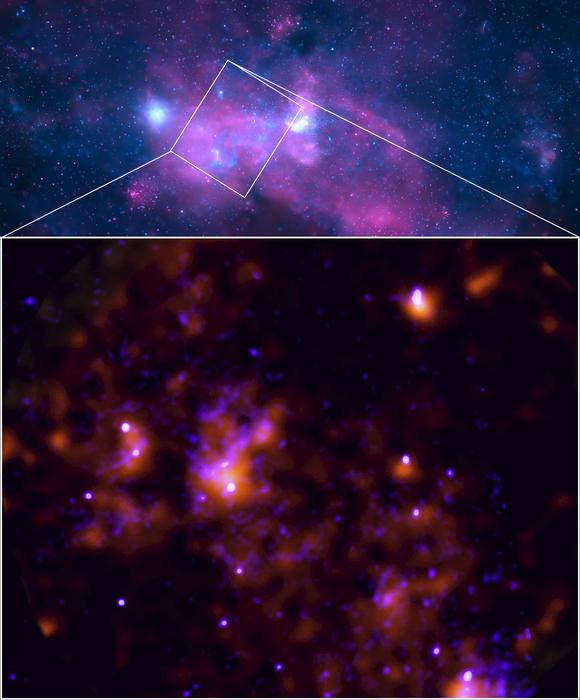Our nearest supermassive black hole ‘became active’ and became a million times intense, scientists say

Your support helps us to tell the story
From reproductive rights to climate change to Big Tech, The Independent is on the ground when the story is developing. Whether it's investigating the financials of Elon Musk's pro-Trump PAC or producing our latest documentary, 'The A Word', which shines a light on the American women fighting for reproductive rights, we know how important it is to parse out the facts from the messaging.
At such a critical moment in US history, we need reporters on the ground. Your donation allows us to keep sending journalists to speak to both sides of the story.
The Independent is trusted by Americans across the entire political spectrum. And unlike many other quality news outlets, we choose not to lock Americans out of our reporting and analysis with paywalls. We believe quality journalism should be available to everyone, paid for by those who can afford it.
Your support makes all the difference.Our nearest supermassive black hole awoke from a “period of dormancy”, becoming a million times more intense, scientists have said.
The supermassive black hole, known as Sagittarius A*, sits at the heart of the Milky Way and is about four million times more massive than the Sun. At the moment, it is what scientists call very “quiescent”, not particularly luminous or active
But about 200 years ago, it ate cosmic objects that got too close to it and became vastly more bright, scientists found. The increase in brightness happened over just a year, and is as if a single glow-worm hidden in a forest suddenly became as bright as the Sun, according to researchers.
Scientists still don’t know exactly why it happened. They will continue to examine the black hole and its switching, with the aim of understanding what would make a black hole turn active from previously being quiescent
The intense event was discovered by scientists who picked up an X-ray “echo” centuries on. It also explains the intense bright shine of galactic molecular clouds around the black hole – scientists say they are reflecting those X-rays that came out of the black hole towards the start of the 19th century.
The work is described in a new paper, ‘X-ray polarization evidence for a 200 years-old flare of Sgr A*’, published in Nature.

Previously, examining an X-ray in this way has been impossible. But the new work was done using the Nasa’s Imaging X-ray Polarimetry Explorer, which allowed scientists to detect the X-ray light with more precision and specificity than had been possible before.
Join our commenting forum
Join thought-provoking conversations, follow other Independent readers and see their replies
Comments